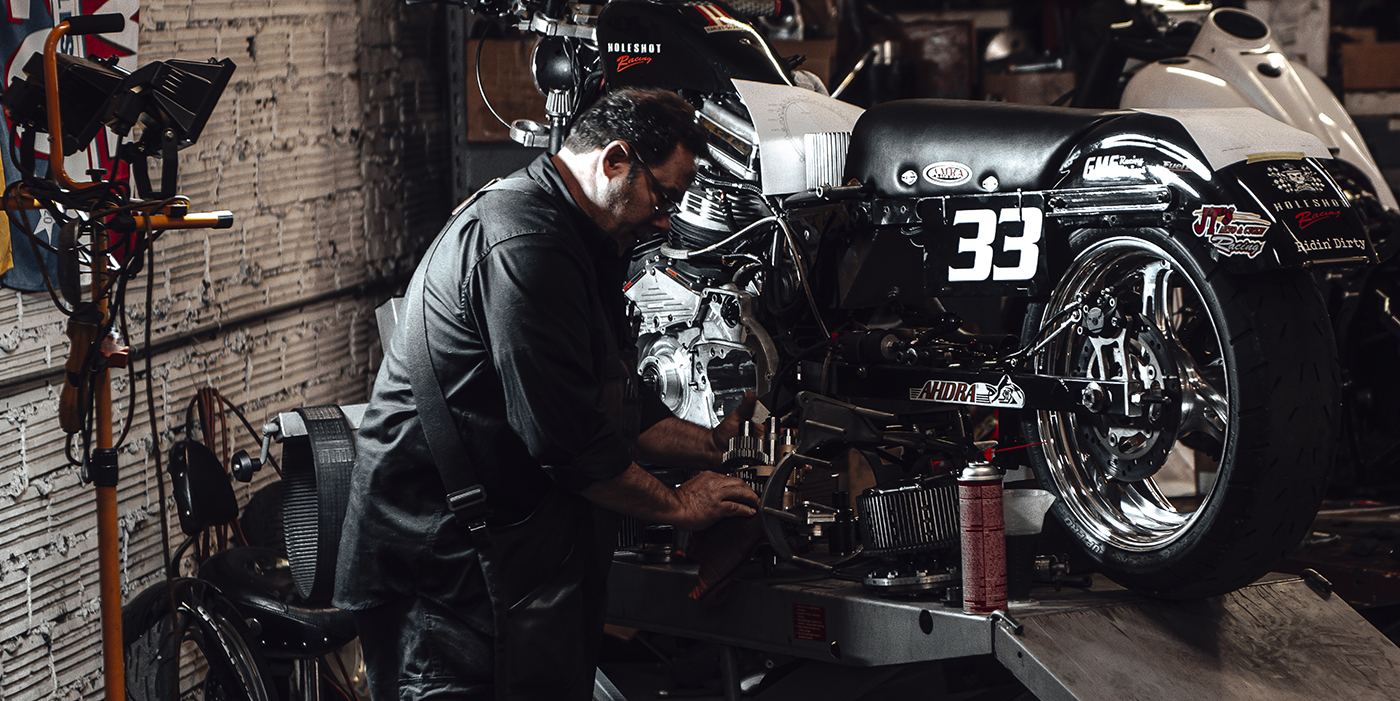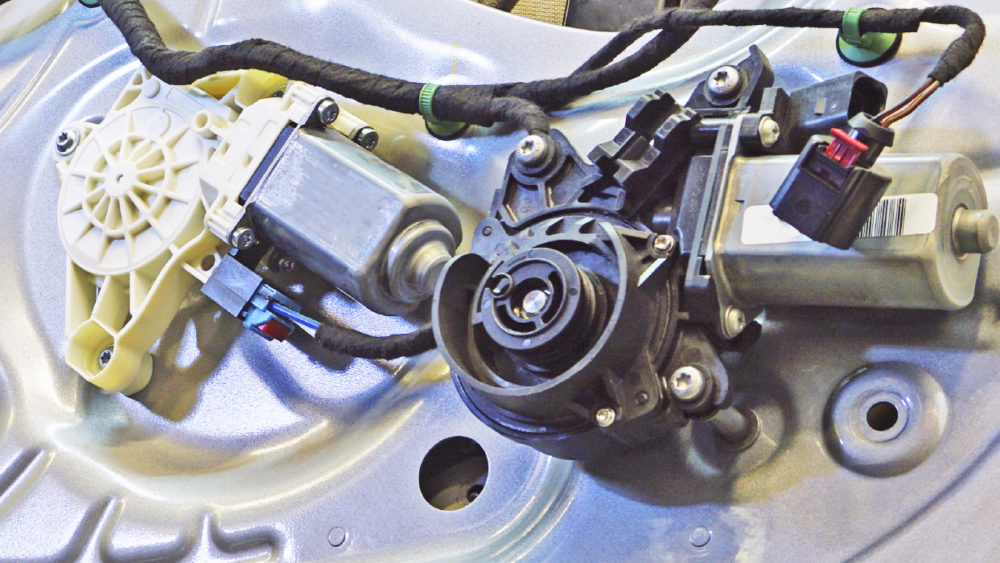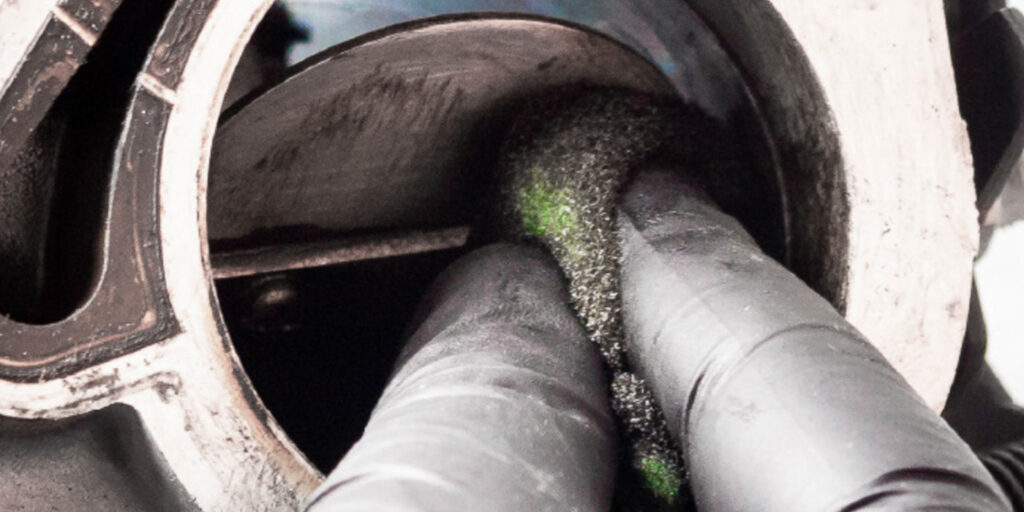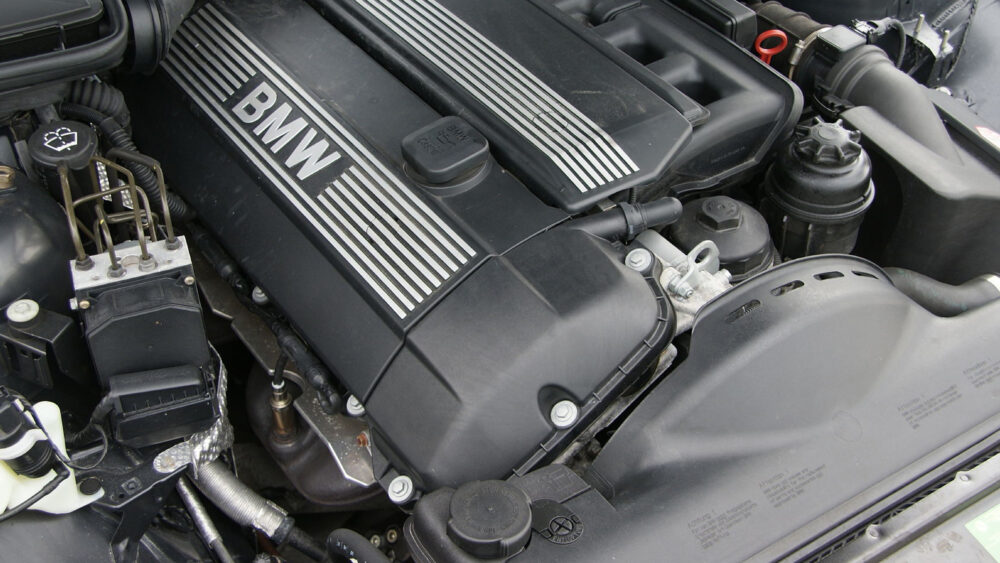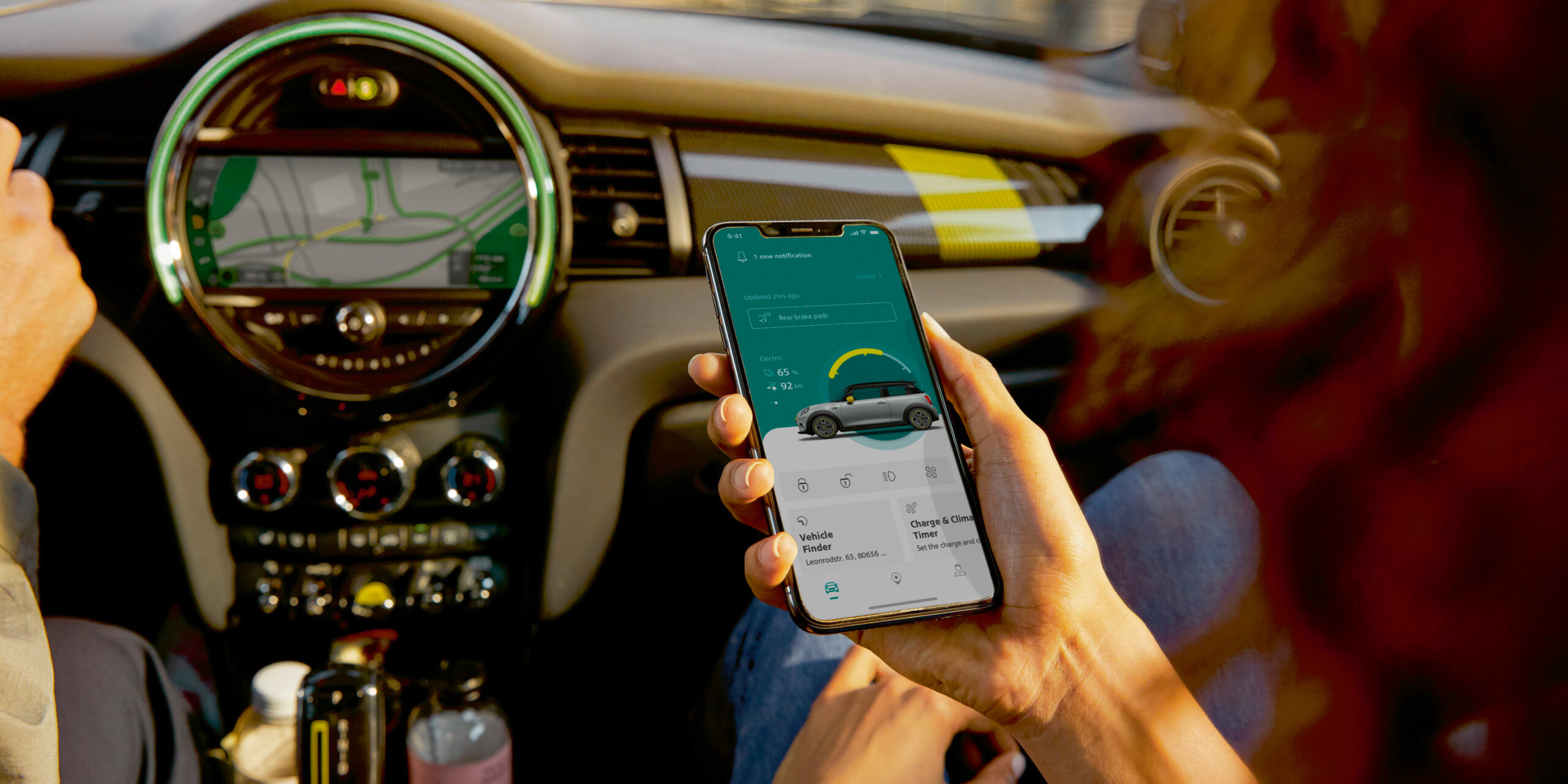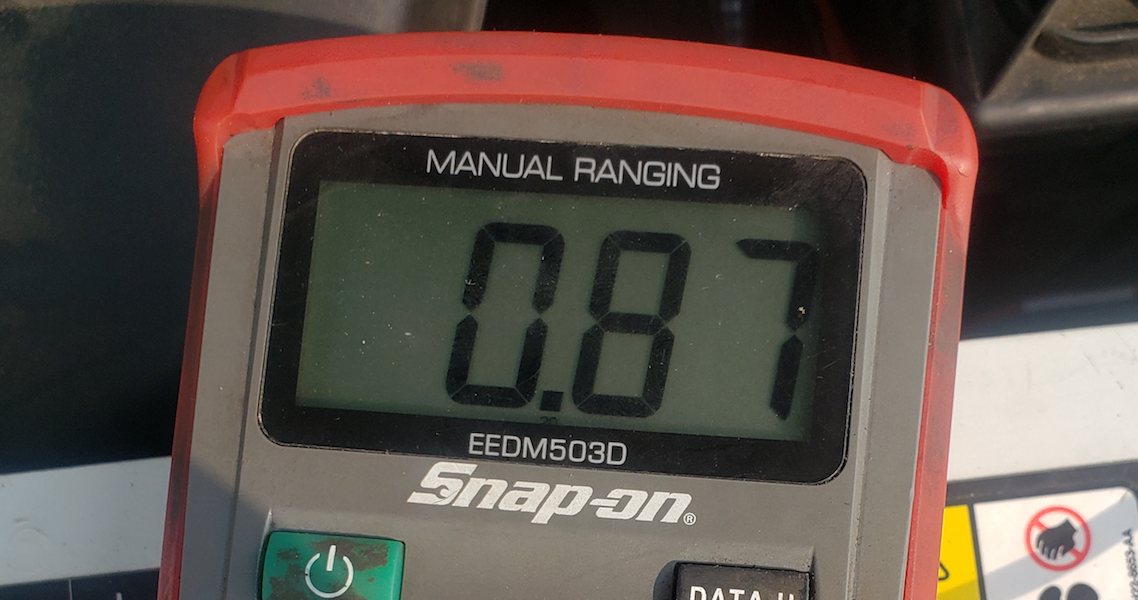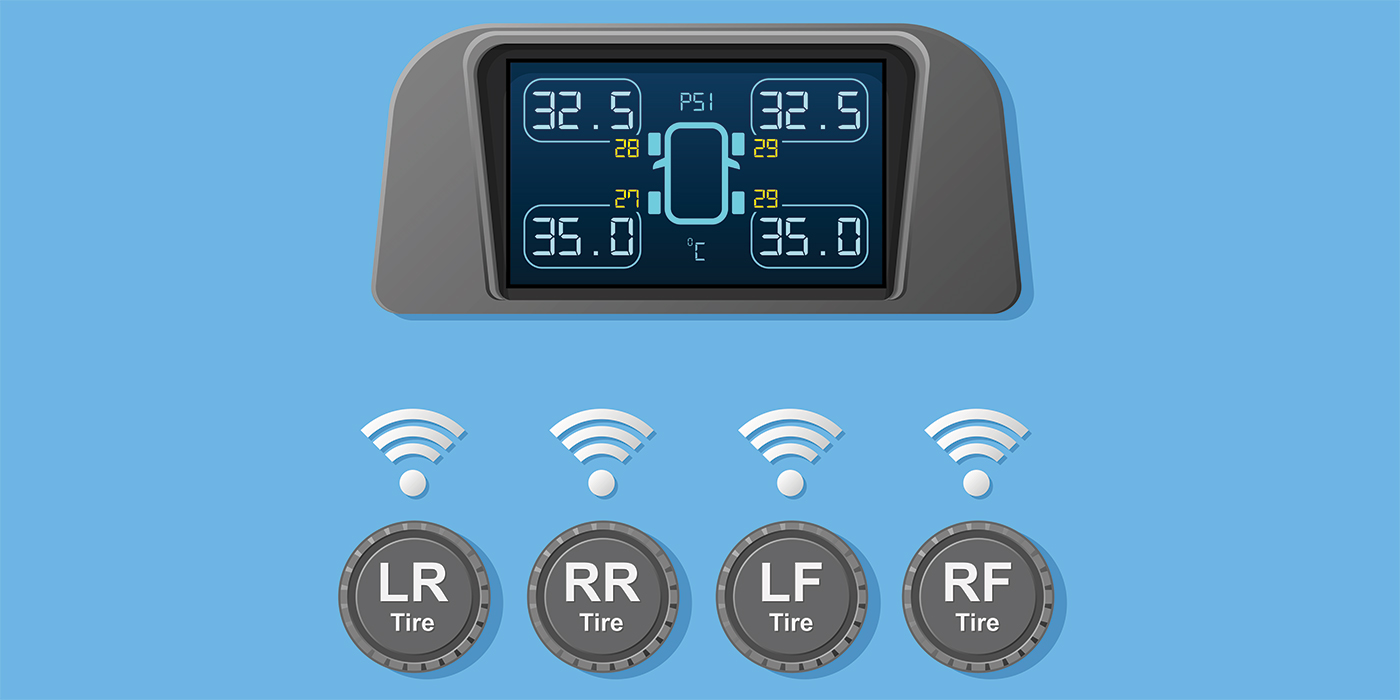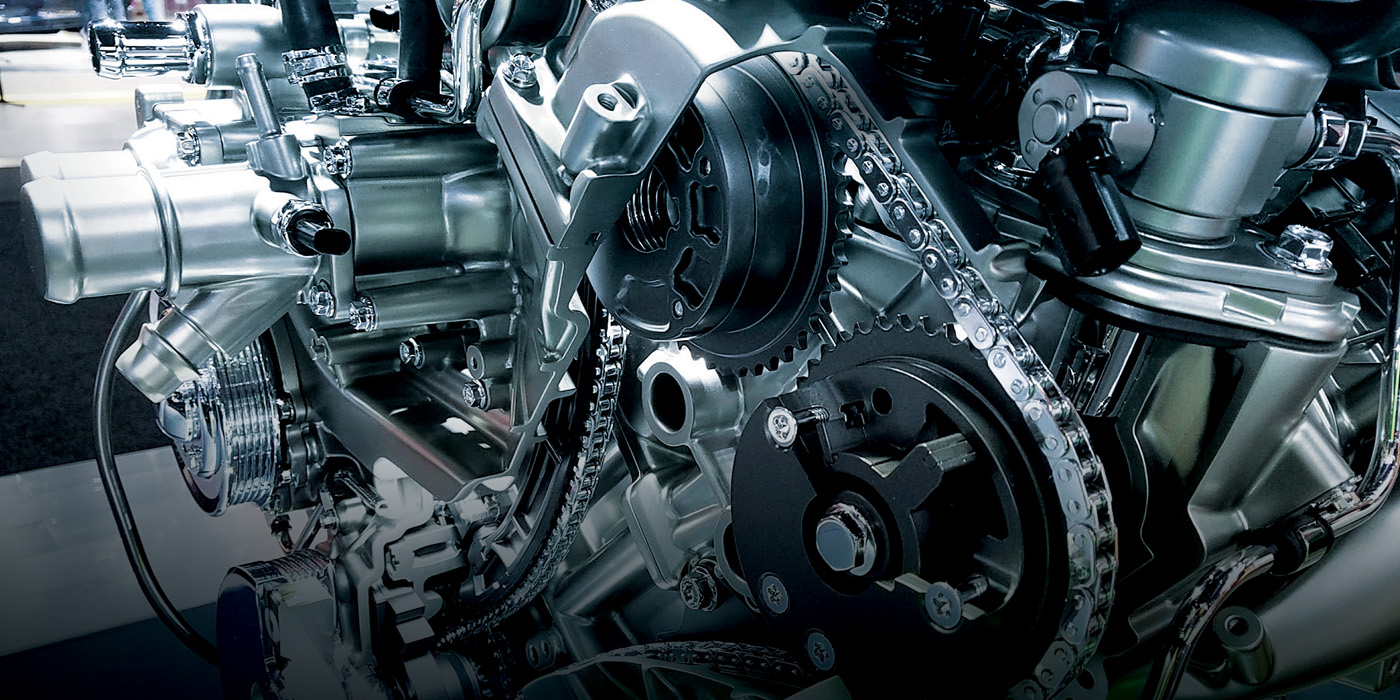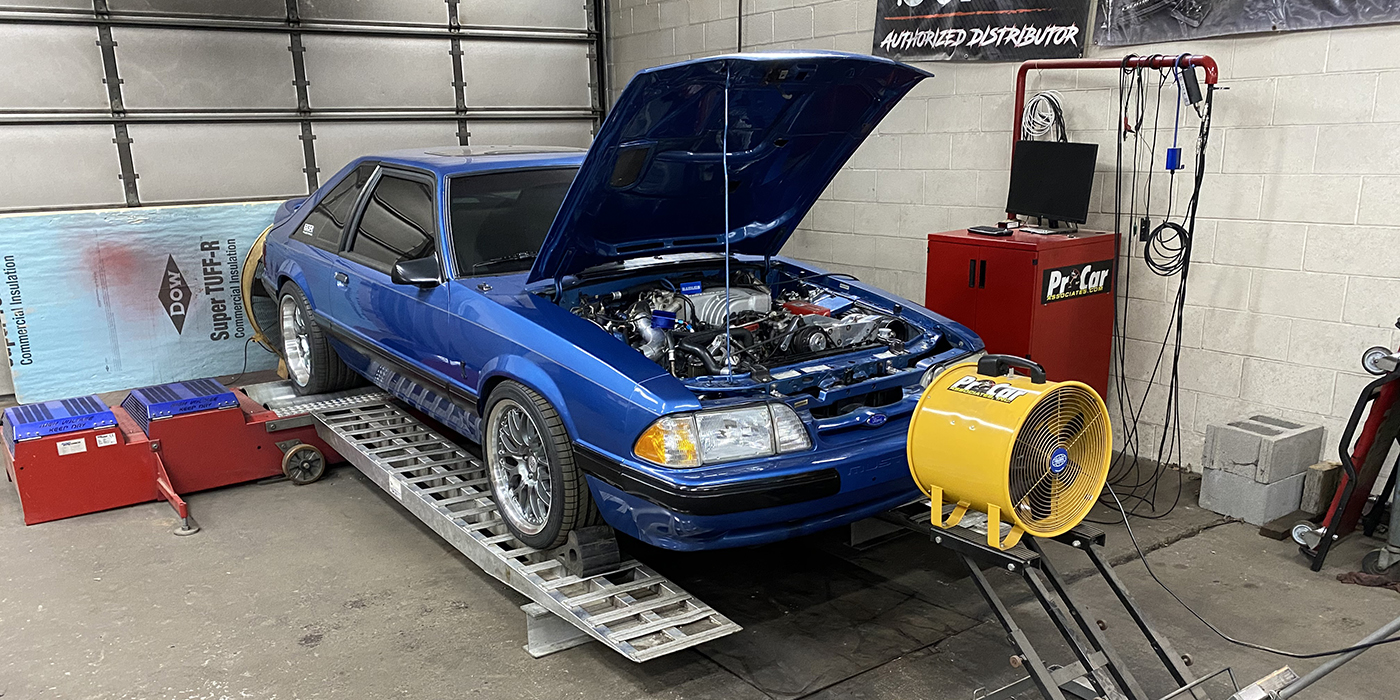While some will choose to purchase a new EV, there has been a growing group of enthusiasts who would rather convert or have someone else switch their petroleum-burning vehicles into electric drive.
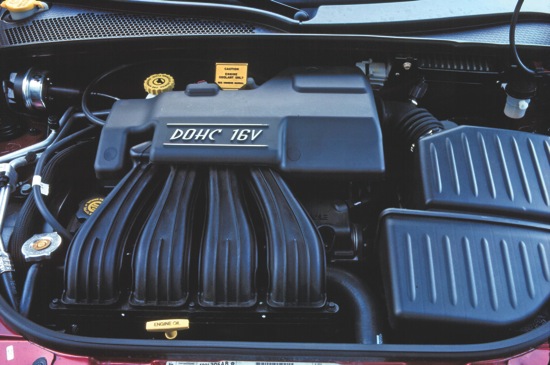 By Omar Trinidad, Assistant Professor, Automotive Technology,
By Omar Trinidad, Assistant Professor, Automotive Technology,
and Ralph Tate, Associate Professor,
Southern Illinois University
The electric vehicle’s (EV) popularity among consumers is rising due to its zero emissions, increased efficiency and lower operating costs.
While some will choose to purchase a new EV, there has been a growing group of enthusiasts who would rather convert or have someone else switch their petroleum-burning vehicles into electric drive.
So why convert a vehicle?
It all boils down to cost.
This article will cover a conversion performed on a 2001 Chrysler PT Cruiser (EV Cruiser) with a total conversion cost of about $12,000.
This might seem like a high price to pay, but with a daily operating cost of 50 cents per day, it’s easy to see how the cost can be recoverable.
One main item that prevents consumers from moving toward an EV is the fear of an expensive battery.
Although the batteries in the EV Cruiser are rated to last about eight to 10 years, with the way the EV Cruiser has been driven, the battery cost of $5,500 should be recovered after five years of use.
It took about one year to finish our project, which included six months of waiting for the batteries to arrive.
The choice between buying and converting is based on finances, fabrication skills, desired range and comfort amenities.
Increasing the desired range and comfort level of the vehicle will drastically increase an EV purchase or project cost.
For example, the $87,400 Tesla Model S rated to go 275 EPA-certified miles on a single charge comes with all the creature comforts of a luxury vehicle — including a 17” touchscreen infotainment system.
On the other side of the spectrum is the Mitsubishi i-MiEV. For $29,000 this vehicle will drive for 62 miles on a single charge, but the comfort level is similar to a base model sub-compact.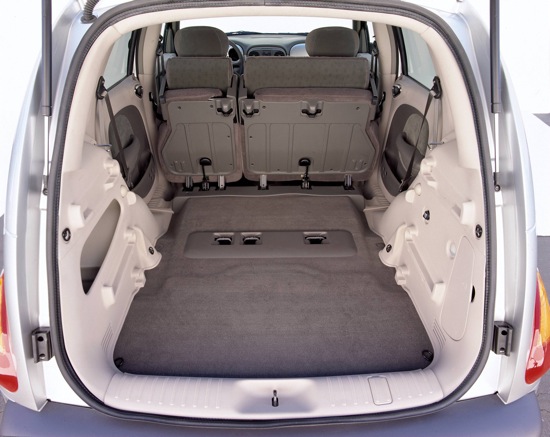
Conversion Phases: Design
Converting a vehicle into an EV can be categorized into three phases: design, teardown and assembly, and testing.
Designing the vehicle starts with specifying the type of system desired, amount of range and the types of accessories desired.
Thoroughness and specificity is key when designing. It is the most challenging and time-consuming phase, but having a robust plan of action will prevent any waste of time or finances.
Fortunately, EV conversions are not new and there are numerous credible resources on the web that have chronicled EV conversions on various types of vehicles.
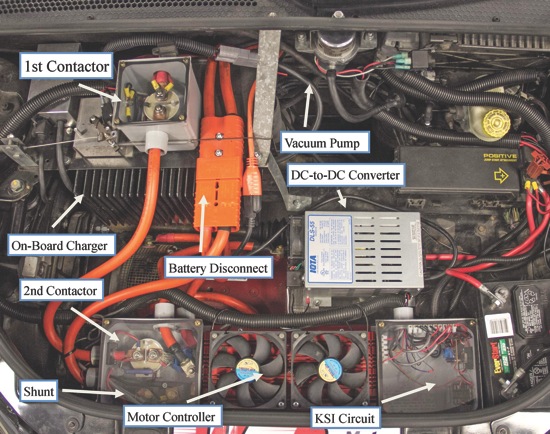
The EV community is a very tightknit and helpful group of people who are willing to share information and assist with any type of EV project. Having this type of resource and support allows for a thorough design and a successful conversion.
The EV Cruiser was designed with three goals: to attain 35 miles of range, a top speed of 70 mph, and to cause minimal alterations to the vehicle.
During the design phase, the first step was to choose between an alternating current (AC) or a direct current (DC) powertrain system.
The price between the two systems can vary as much $3,000 to $6,000 depending on the type of motor and controller.
Just like most purchases, all of the major components on an EV project will increase in price as efficiency increases.
AC conversion kits cost more, but they are also more efficient and can be programed to enable regenerative braking.
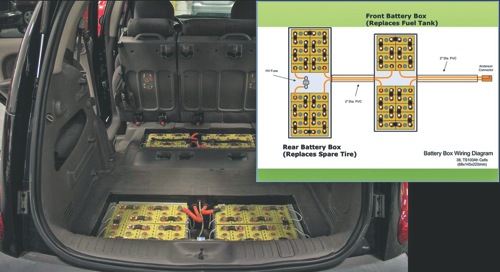
On the contrary, DC conversion kits cost less, but are less efficient and are unable to utilize regenerative braking.
To keep costs low, the EV Cruiser was designed with a DC Logisystems WarP-Core controller rated at 750 amps and a 9” Netgain WarP series wound DC motor rated at 34 horsepower at 144 volts, and 100 lbs.-ft. at 500 amp.
See Figure 1.
The motor is equipped with carbon brushes, which are designed to withstand about 50,000 miles of use.
Part of the design phase was specifying battery types and mounting locations.
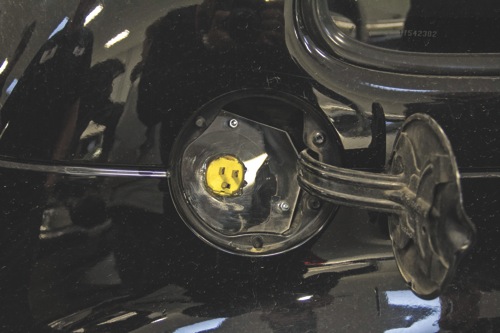
The two main choices of batteries were conventional 12-volt lead acid batteries and lithium-based batteries. Lead acid batteries are more affordable, but are significantly heavier compared to the more powerful lithium-based batteries.
In order to increase range by decreasing weight, the EV Cruiser utilizes 38 prismatic-type cells of lithium iron phosphate (LiFePO4).
Each cell is wired in series to provide 120 nominal volts.
See Figure 2.
To charge the LiFePO4 batteries, an Elcon PFC1500 charger rated at 1.5kW was mounted in the engine bay (Figure 1).
It is designed to charge using a 1.5kW Level-1 charger directly from a regular 120V AC outlet, or a 3kW Level-2 charger similar to a 240V AC dryer outlet.
See Figure 3.
Part of the lithium batteries’ cost comes from the BMS (battery management system), which protects it from failing due to heat and over-charging.
The BMS in Figure 4 illustrates how each cell is monitored and managed to maintain a certain temperature and voltage.
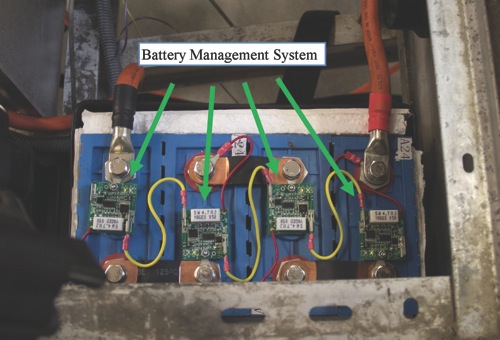
In addition to the BMS, a relayed system with a shunt resistor must be used to precharge the system before fully connecting both sides of the battery to the controller.
Similar to the three system main relays on the Toyota Prius and other hybrids, the BMS protects the controller from the high-voltage shock of the batteries, though unlike the Toyota Prius, the EV Cruiser is designed with two contactors wired in series.
See Figure 5.
Based on the design of the vehicle, the batteries are either stored in place of the gas tank, inside the newly gutted and spacious engine compartment, or beneath the passenger seats (Figure 2).
On trucks however, the battery boxes can be designed to fit beneath the truck bed to allow utilization.
Some opt to place the battery box where the spare tire was stored.
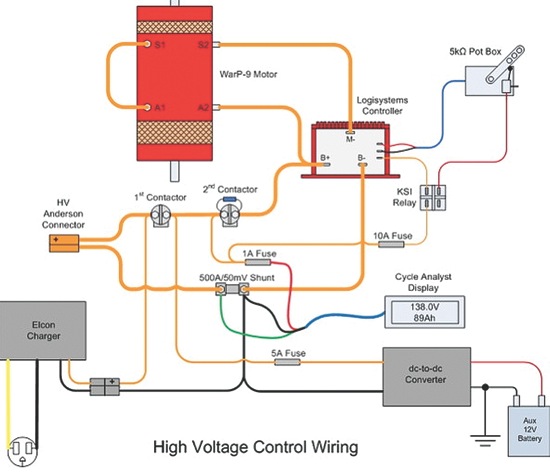
No matter where the batteries will be stored, it’s important to keep in mind that the EV utilizes a high-voltage DC system and that the batteries can produce a flammable gas when charging.
Thus, safety must always trump range or aesthetics.
One of the main goals of this project was to keep alteration and cost of the vehicle to a minimum.
The amount of accessories was kept to a minimum by removing the power steering system, and the heating and air conditioning functions (HVAC). Similar to most projects, funding will be the main variable that will increase or decrease the inverse correlation between range and comfort.
The main drawback to a minimalistic vehicle is a less “normal” driving experience.
It is possible, depending on the design of the electric motor and drivetrain, to utilize the other side of the motor shaft to drive an accessory pulley.
This pulley can provide torque to the power steering pump, AC compressor and alternator.
The main drawback to this system is the amount of energy it will drain from the battery to power the accessories.
Some vehicles do not allow for this system, but an electric power steering pump and AC compressor can provide the pressure to keep the original systems functional.
One of the main disadvantages of an EV, regardless of whether the vehicle is a conversion or not, is the amount of energy the HVAC system draws from the batteries.
The amount is second only to the motor and controller.
For example, Mitsubishi’s i-MiEV is designed with a 47kW motor and an HVAC system with a combined max power rating of 9.5kW, which makes it one of the most conservatively produced EVs.
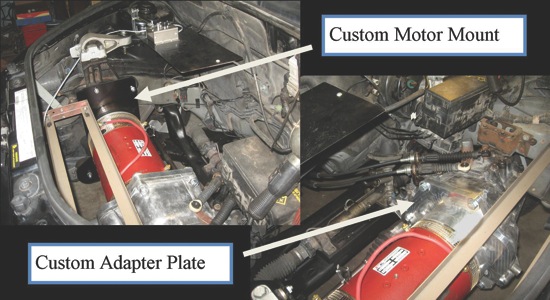
There are two heating system types available for EV conversions: the first utilizes a ceramic heater that replaces the heater core, the second is a heating system that can be plumbed to the heater core to utilize the existing plumbing system.
Even though the utilization of the HVAC system will be based on location and desired comfort, it is still essential to have a 12-volt system and a vacuum pump for the brake booster. The 12-volt system can be maintained by a DC-to-DC converter or an alternator.
The vacuum pump system must be designed with a pressure sensor to stop the pump at about 21 inHg.
These pumps can be purchased from an automotive manufacturer that utilizes vacuum pumps on some of their vehicles or from an EV conversion vendor.
Although the transmission is not considered an accessory, it is another component in which a decision between range and comfort has to be taken. Based on the desired top speed and drivetrain configuration, torque from the motor can be directly applied to the rear differential or transmission for a rear-wheel-drive vehicle, or through a transaxle on a front-wheel-drive system.
Utilizing an automatic transmission will require having a programmable controller to program the shift points, a fabricated coupler to transfer torque to the input shaft of the transmission, and an auxiliary transmission fluid pump to sustain fluid pressures while the motor is not spinning at idle.
The EV Cruiser utilizes the original manual transmission without a clutch to minimize alterations to the vehicle, keep costs low and to increase range. For optimum speed, the transmission is initially shifted into second gear then to third for more speed. Shifting without the clutch may take some time to get used to, but when timed properly, the synchronizers allow for smooth upshifts.
Teardown & Assembly
Once the desired system and range are specified, the teardown and assembly phase starts. This phase begins by removing the internal combustion engine (ICE), emissions, exhaust, fuel and cooling system components. Furthermore, based on the desired accessories, other components such as the HVAC components would need to be removed to reduce weight.
One of the main tasks for this phase is fabricating the battery boxes, adapter plate, motor mounts and coupler. The battery boxes on the EV Cruiser are fabricated from light-gauge steel, sealed with a silicon sealer, and then painted for protection from corrosion.
An adapter plate was fabricated to mate with the transmission bell housing, hold the electric motor, and to maintain the alignment and spacing between the two components (see Figure 6).
Depending on the torque rating of the motor, special motor mounts or straps might be needed. Initially, the project was designed with the original motor mounts, but a high-performance solid rubber mount later replaced this design.
Since this project was designed to utilize the originally equipped clutch system, a special coupler was designed to connect the pressure plate and electric motor together. There are ways to have a clutchless system by fabricating a coupler to connect the electric motor output to the transmission input shaft. However, regardless of whether the vehicle will utilize a clutched or clutchless system, a dampening component must be used to suppress the shock of the motor.
If all the parts are properly fabricated, assembly should be simple. The next step would be to route and connect the motor, controller, batteries and charger. To prolong the lifespan of the batteries, it is important to maintain the batteries while they are not in use. Allowing lithium-based batteries to fully discharge will ruin the cells.
Testing
The last phase entails testing the powertrain, charging and brake system. Testing the powertrain starts by lifting the vehicle off the ground to verify that the motor can rotate the wheels.
At this point, it’s important to keep an eye on the amount of current the motor is drawing. The controller will dictate the amount of current in the system. Due to counter-electromotive force, it’s normal for the motor to draw higher current when accelerating from a stop and decrease as the motor’s rotational speed increases. Diagnosis of the controller and motor must be performed if the motor exceeds the rated current draw.
It’s also important to keep an eye on the amount of current the system is drawing when testing the charging system. Absorbed glass mat (AGM) and lithium-based batteries require a specific type of charger that monitors charging current.
The system should taper charging current as it reaches max capacity and each cell should fully charge at the same rate.
Unfortunately, overtime each cell will deteriorate at different rates. The result is that each cell will fully discharge and recharge at different rates. This imbalance within the battery pack can decrease total capacity.
Furthermore, the imbalance will cause the charging system to either over- or undercharge some cells in comparison to the other cells and cause the battery pack to fail.
There are services specifically targeted for the hybrid market to recondition battery packs by balancing all of the cells.Current is drawn from each cell, pulling the voltage of each cell down to the same level, and charging each cell to max capacity based on each specific cell status. This reconditions any deficient cells to be on par with the rest of the battery pack.


